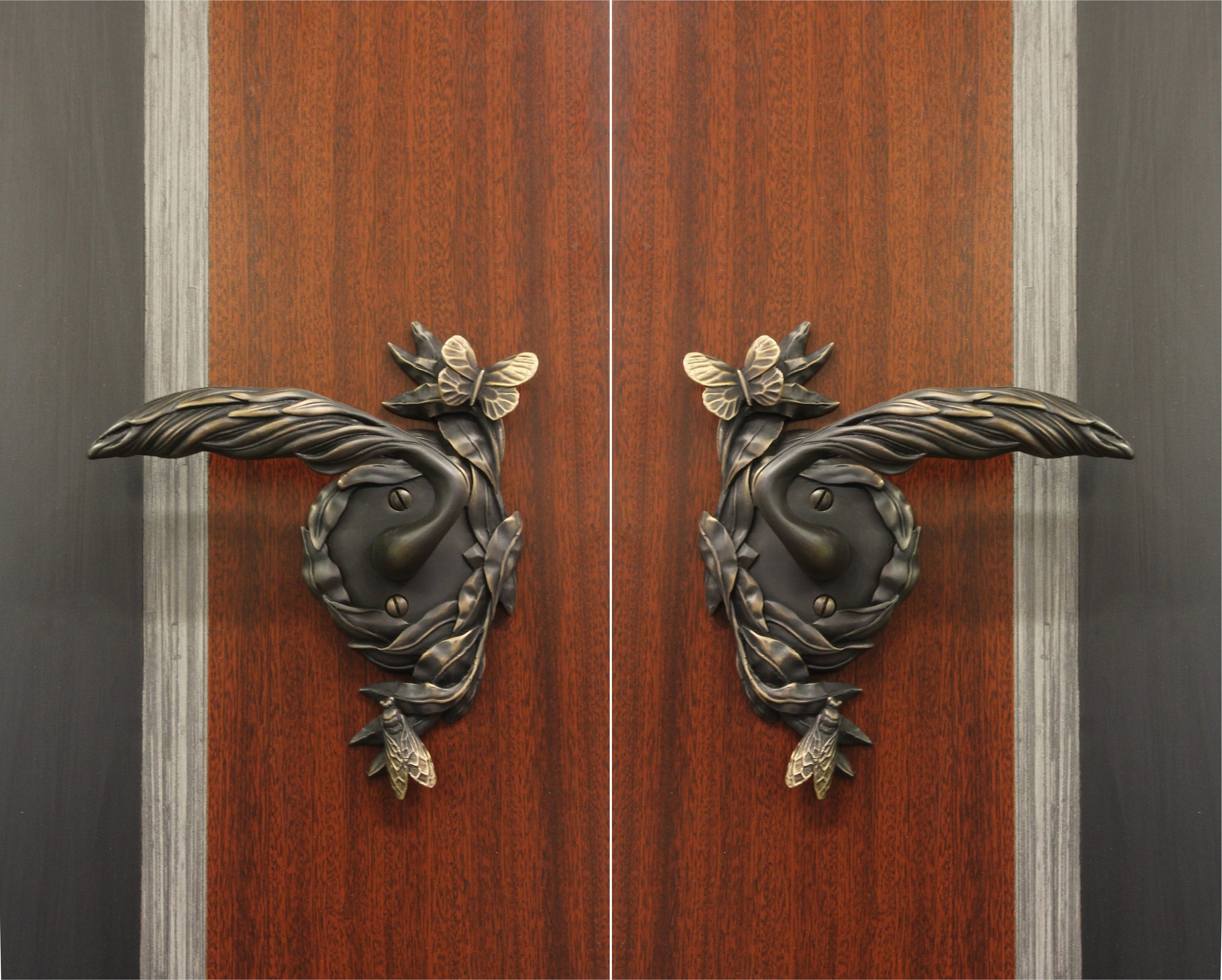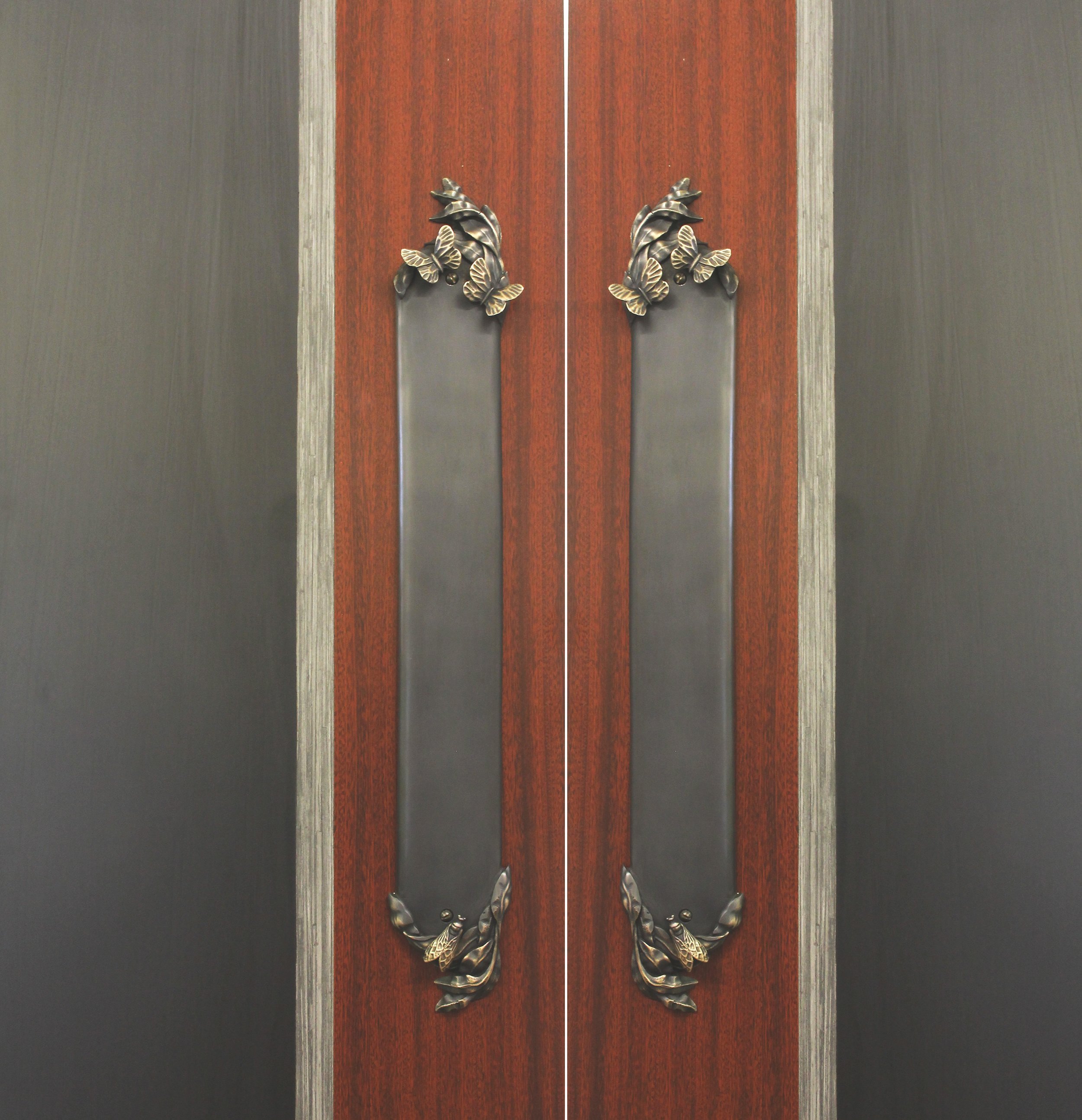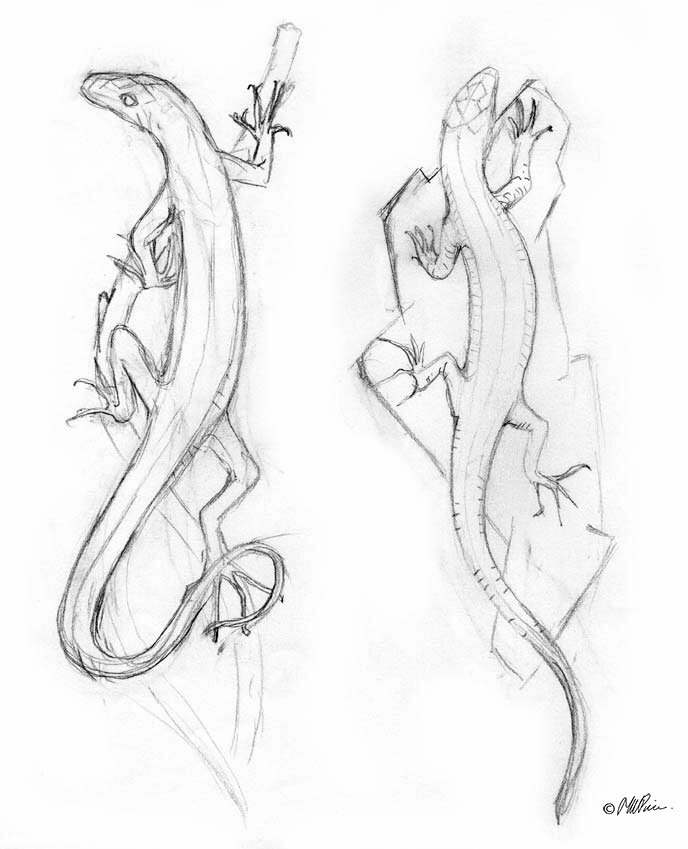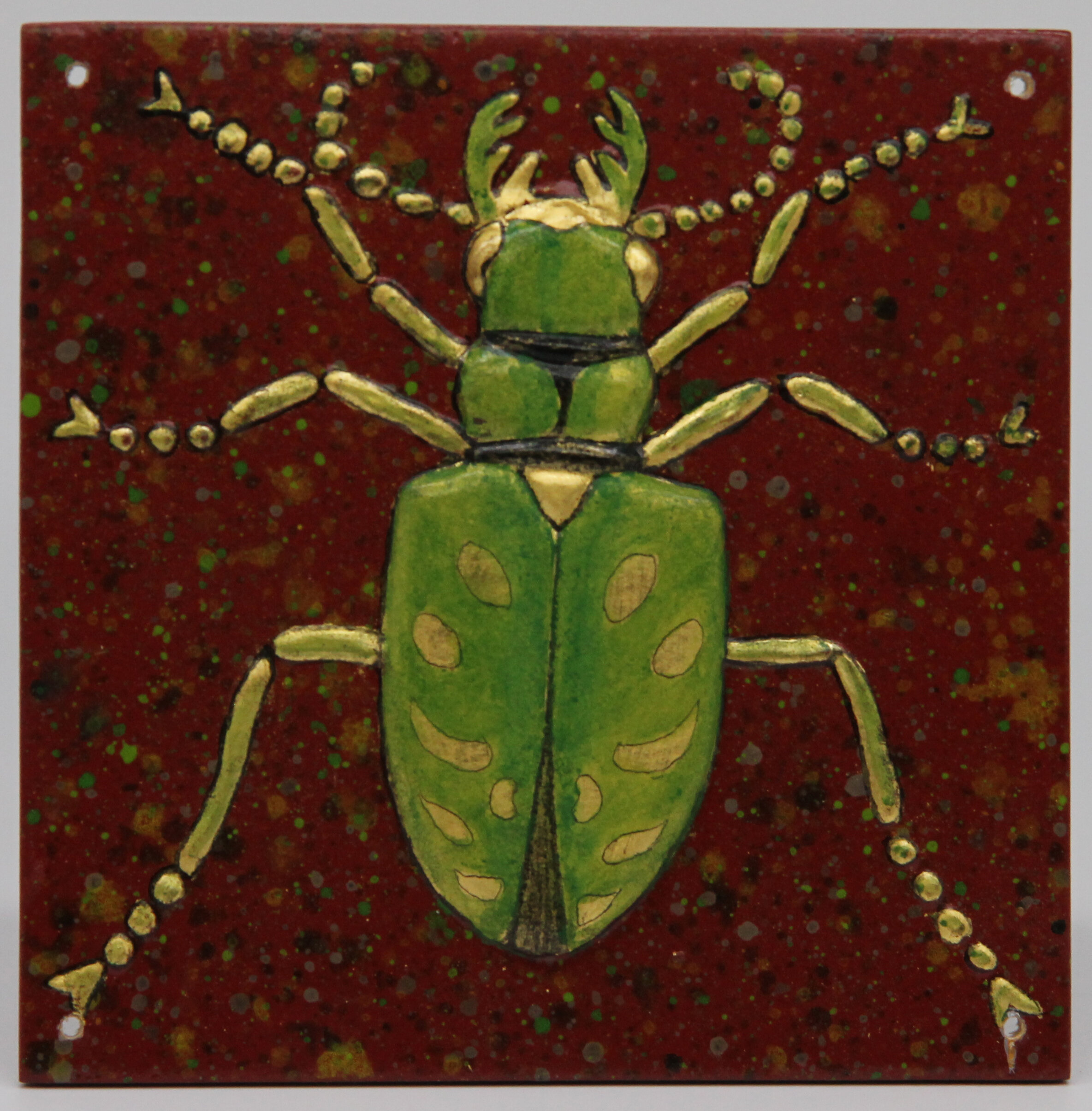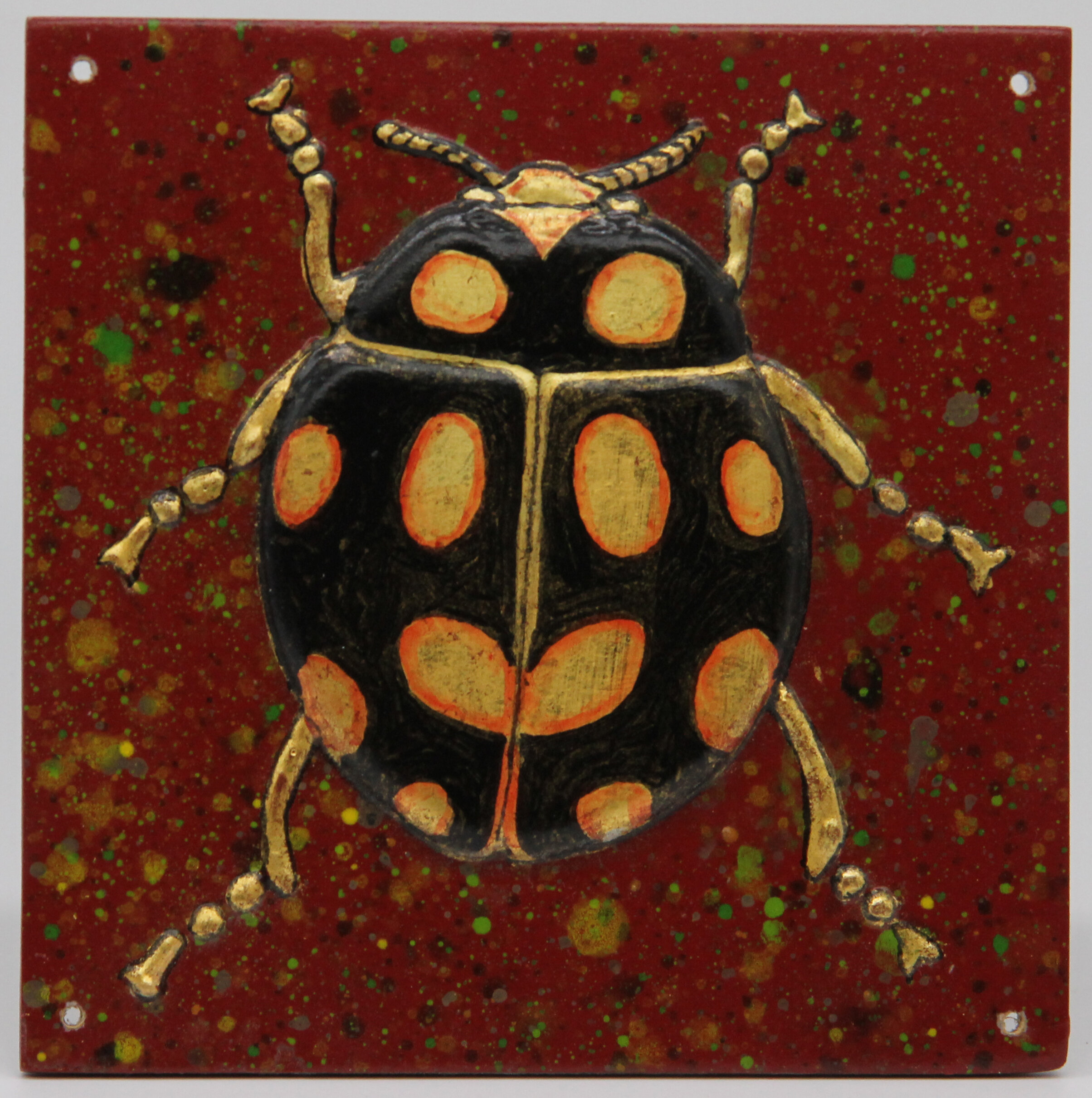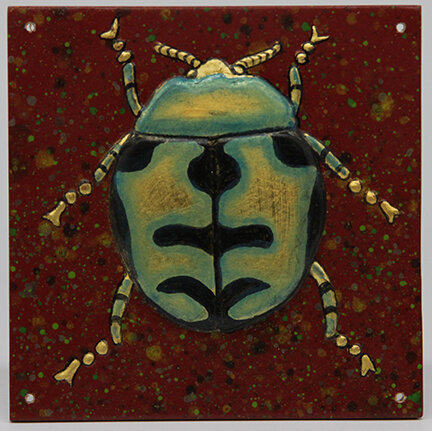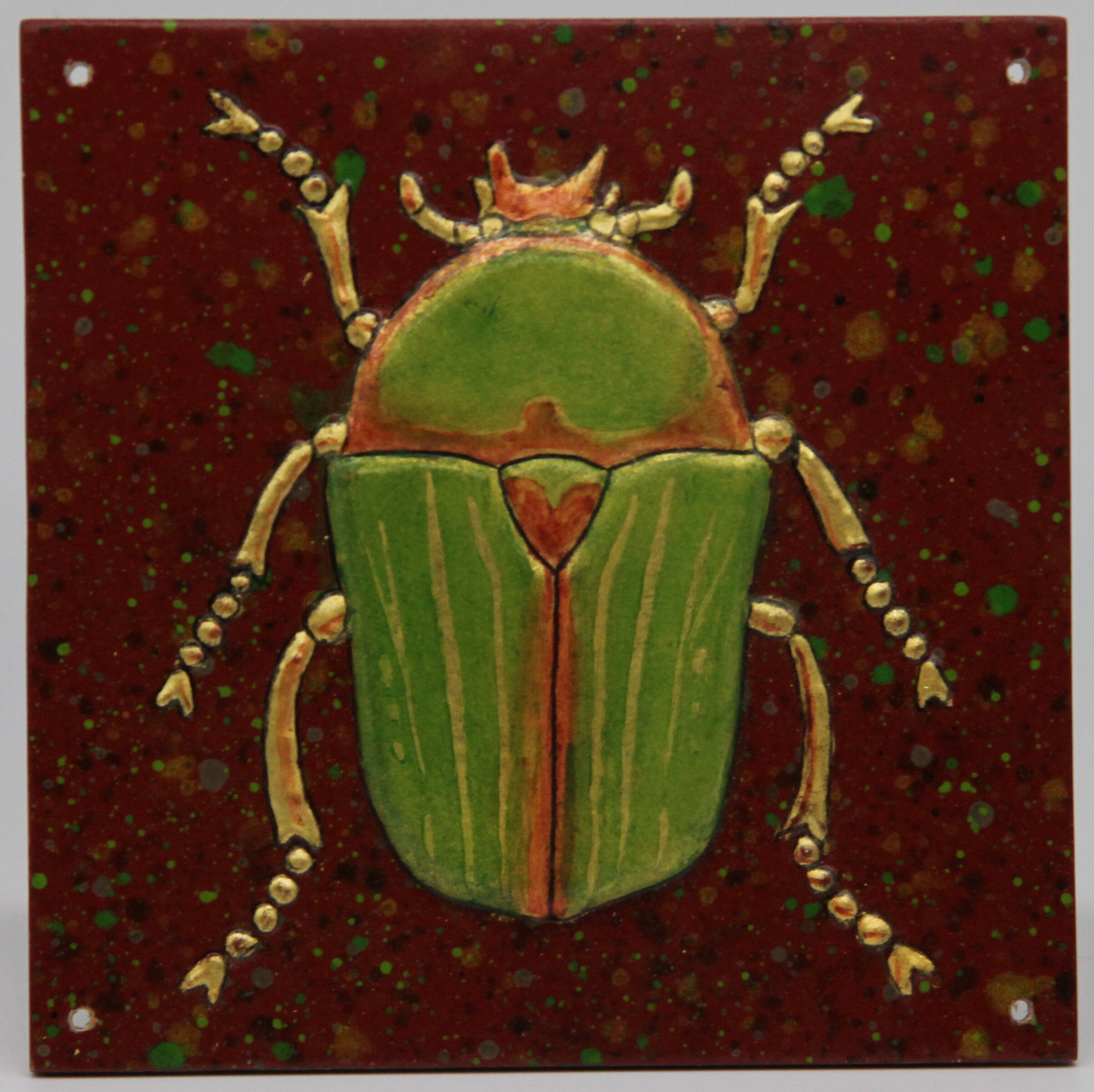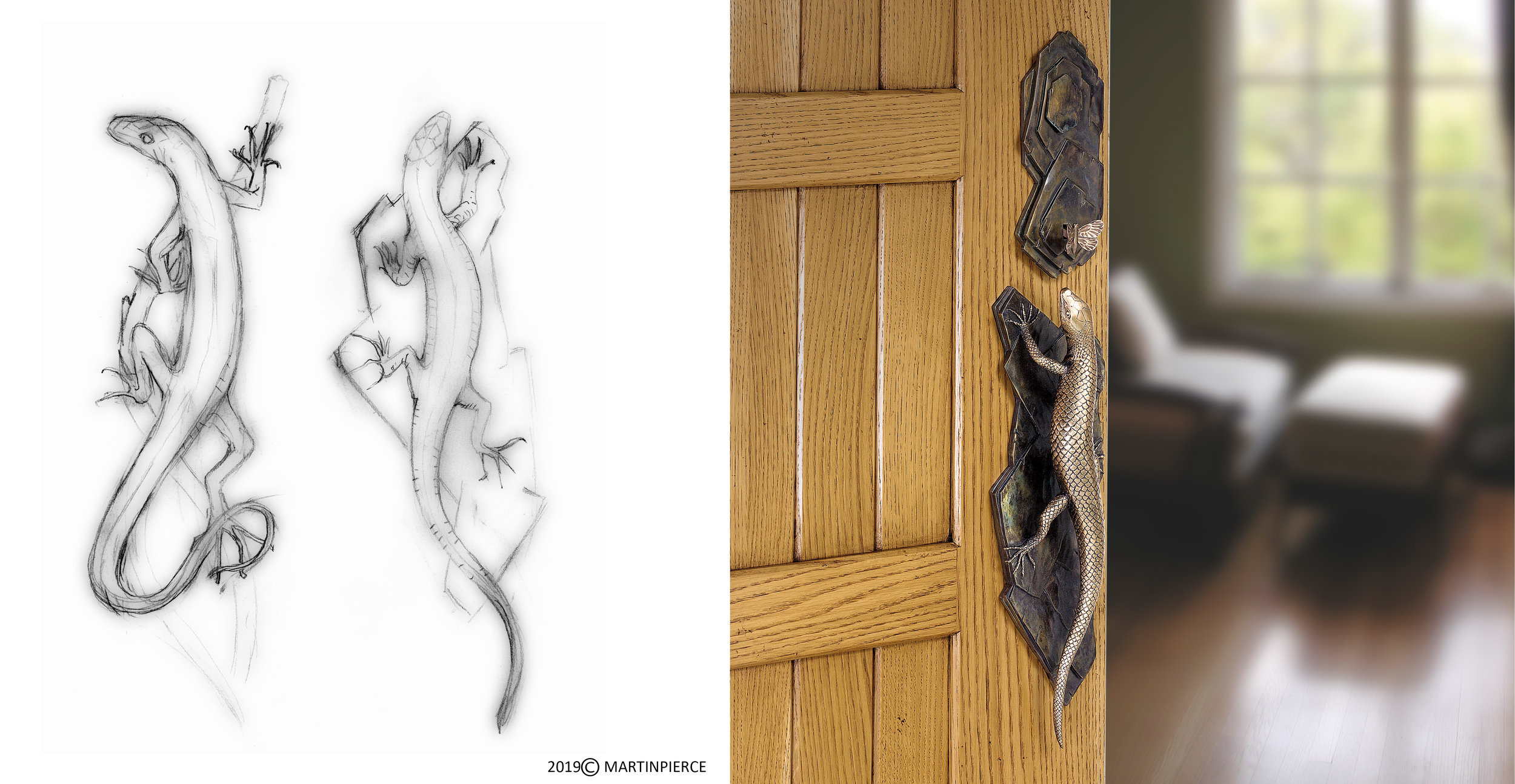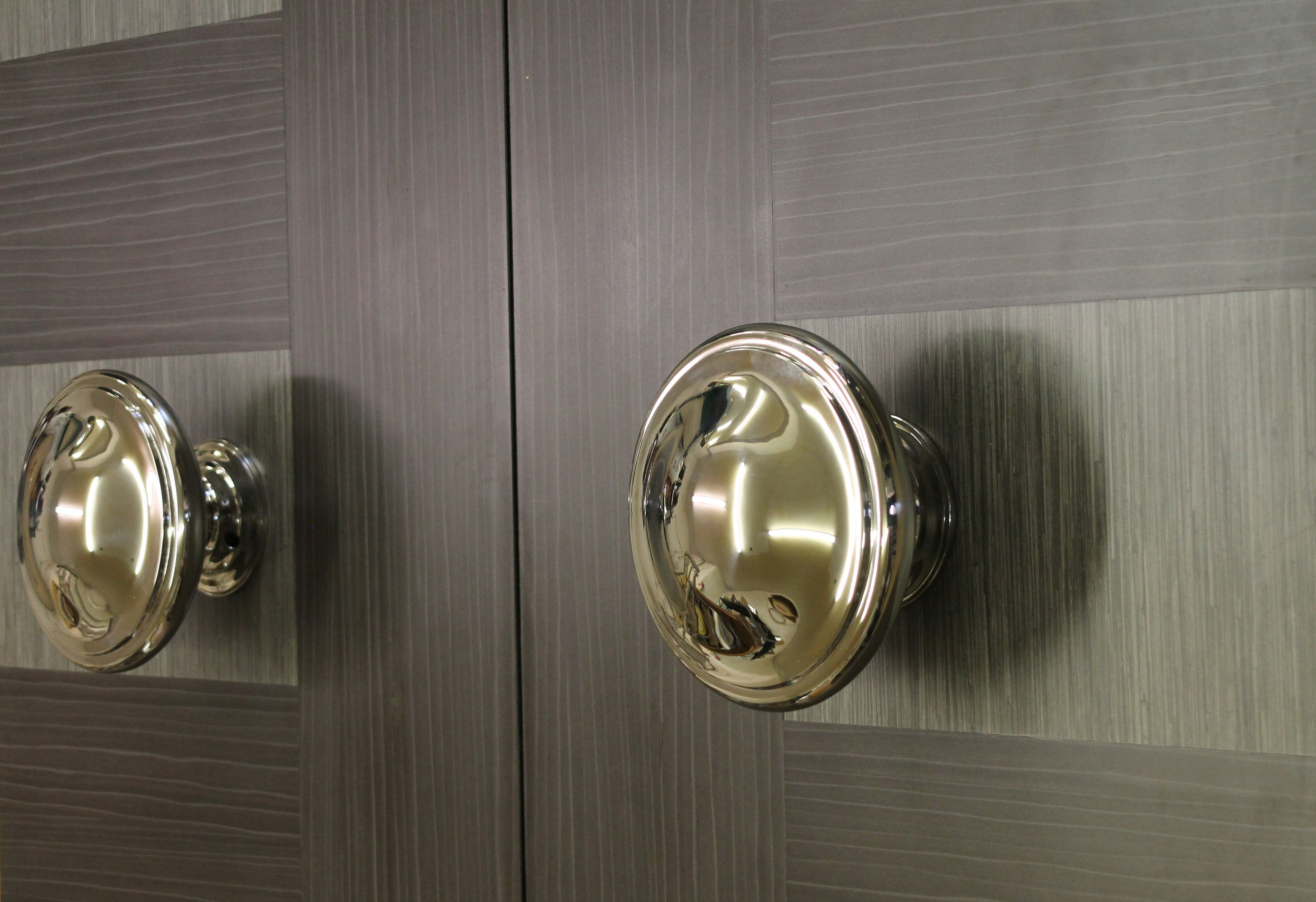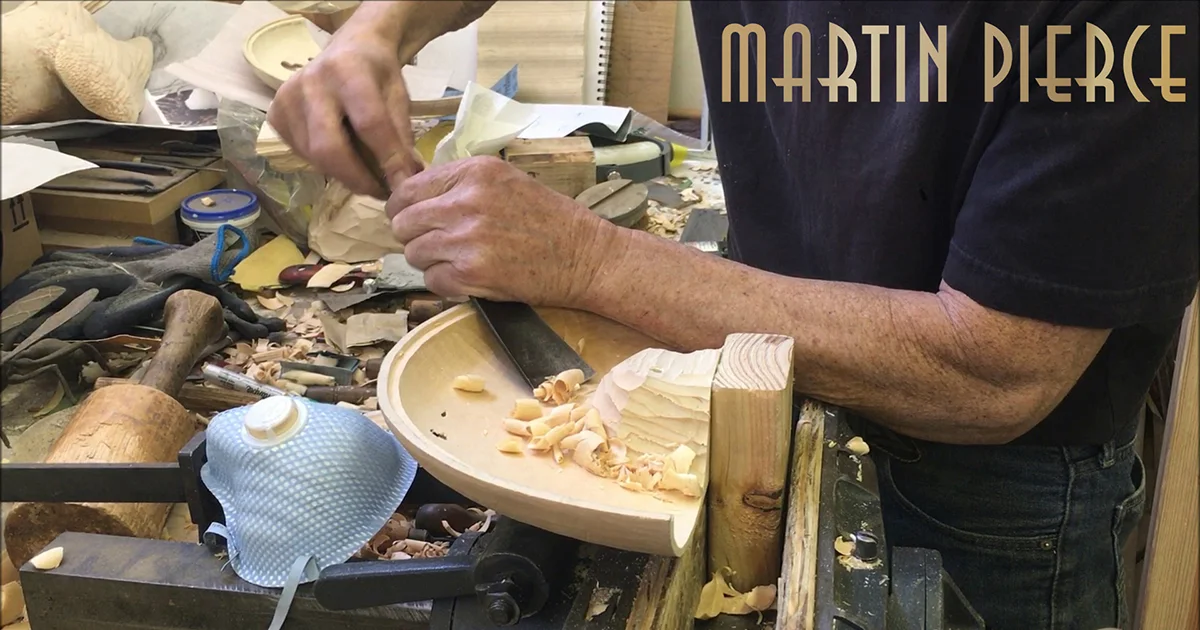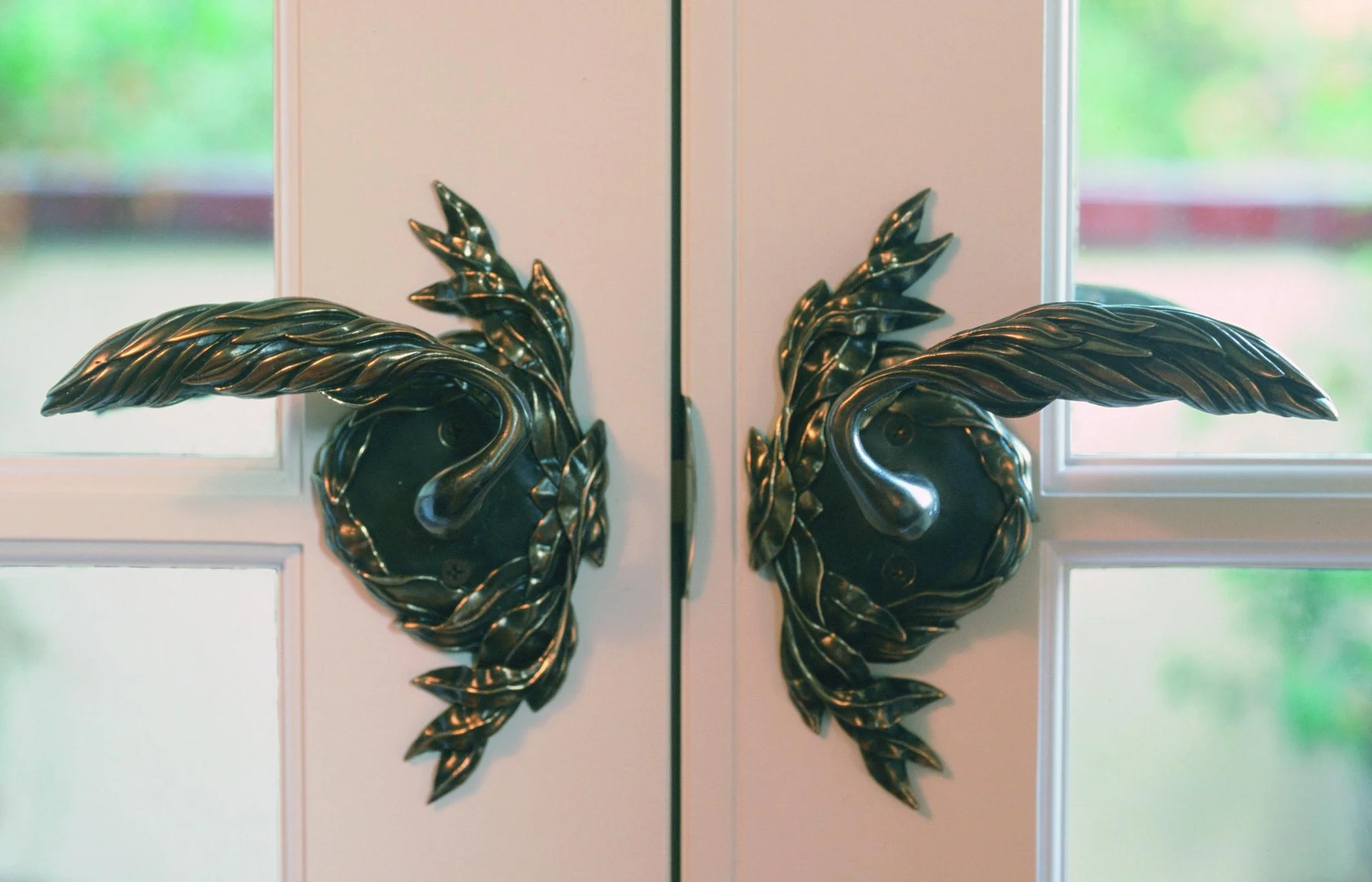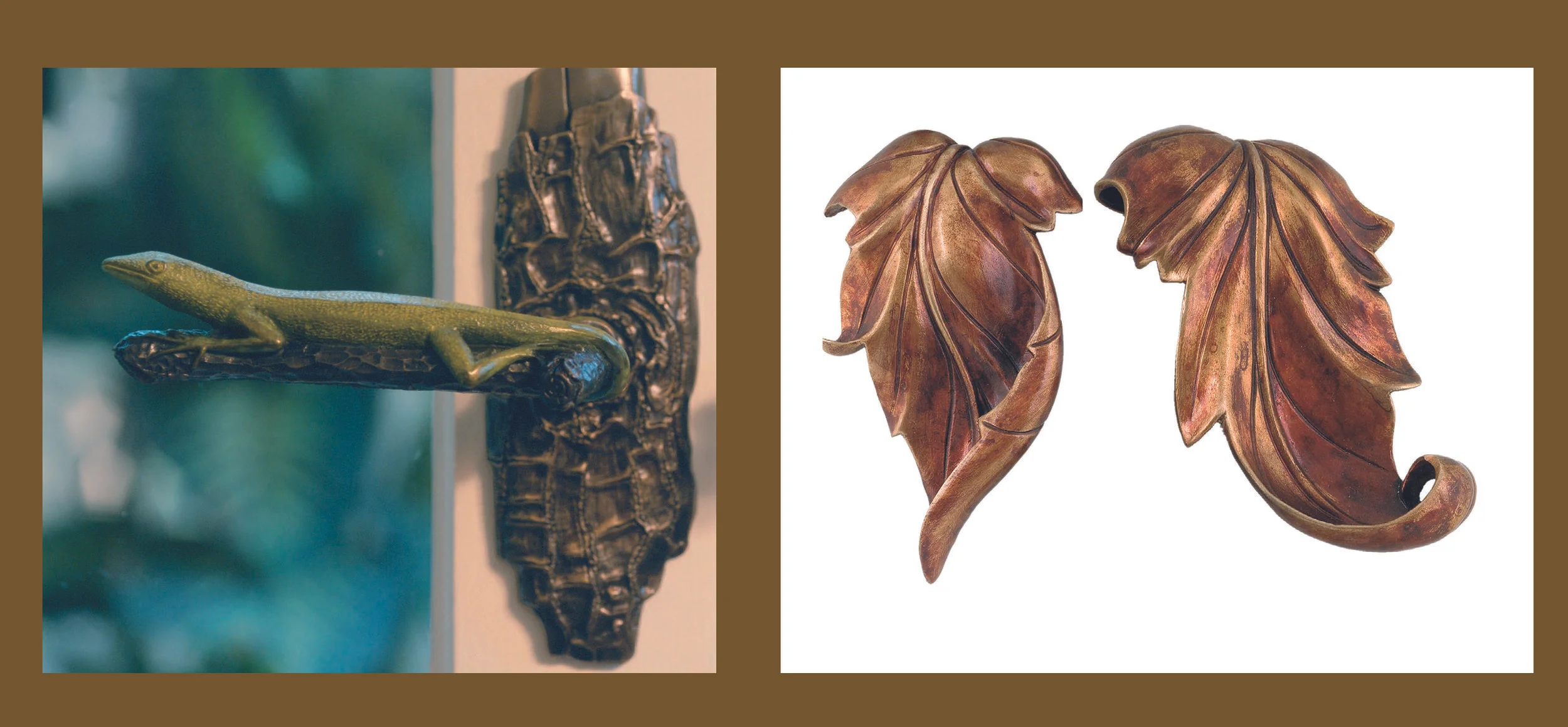If you are fortunate to live in the Hollywood Hills or close to Griffith Park then you will know that our bunny population is thriving. The desert cottontail bunny is our local variety and one I encounter without exception when taking the hill trail east of the Hollywood reservoir. Though they do not have social burrows they tolerate other cottontails which may explain why I often encounter 2 or 3 at a time.
As there name hints these small mammals are able to endure extreme heat and they thermoregulate by staying underground and limiting their foraging to dusk,dawn and night when it is cooler and hopefully they are less visible to predators.
While they appear prolific they have short life spans or 12 to 18 months and are easy prey for the snakes, bobcats, coyotes owls and other predators whose habitat they share.
In the spring and summer cottontails feed on grasses, green shoots and leaves and the flowers of poppies, bush sunflowers, bluebells and any other flowering plants within their limited reach. In winter they turn to tree bark, seeds and berries and to aid the extraction of nutrients from these cellular fibrous plants they re-consume the food once it has passed through their digestive tract.
Unlike most rabbits, the cottontail does not dig it’s own burrow but appropriates the abandoned dwellings of ground squirrels. Once acquired the burrow for the does will be lined with fur from her body and soft vegetation to form a suitable nest for the 5 litters that the doe typically will have during her short life.







